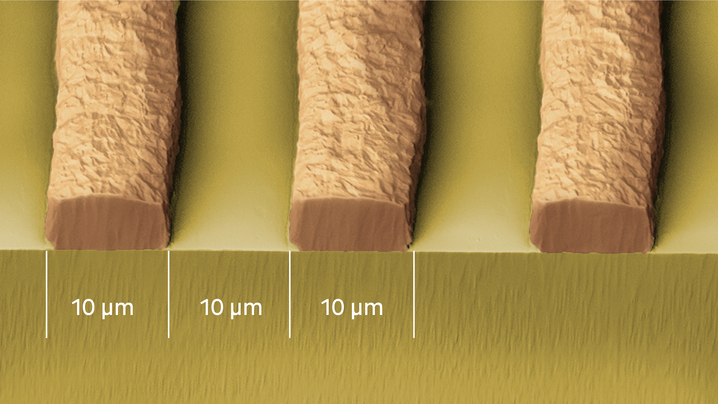From the outset, GS has been committed to mastering SAP technology for both flexible and rigid PCBs. In spring 2024, GS commenced serial production of flexible PCBs utilizing SAP technology, achieving lines and spaces as fine as 10 micrometers.
We use cookies to offer you an optimal user experience. Some cookies are necessary for the operation of the site, others are used for statistical purposes, comfort settings, or to display personalized content. You can decide for yourself which cookies you want to allow. Please note that your settings may mean that not all functions of the site are available. Further information can be found in our privacy policy and cookie policy.






